
Every area, including the bathroom, requires a thorough cleaning from time to time. Bacteria can be found on everything from your shower curtain to your toothbrush handle, and some of these can be very harmful. It’s crucial to understand how to deep clean a bathroom so that it not only looks clean but is also free of possibly hazardous bacteria. A thorough bathroom cleaning promotes good hygiene which is important for preventing illnesses and infections. Cleaning your bathroom can help you create a more pleasant living environment in your house. When you know what you’re doing, deep cleaning a bathroom isn’t difficult.
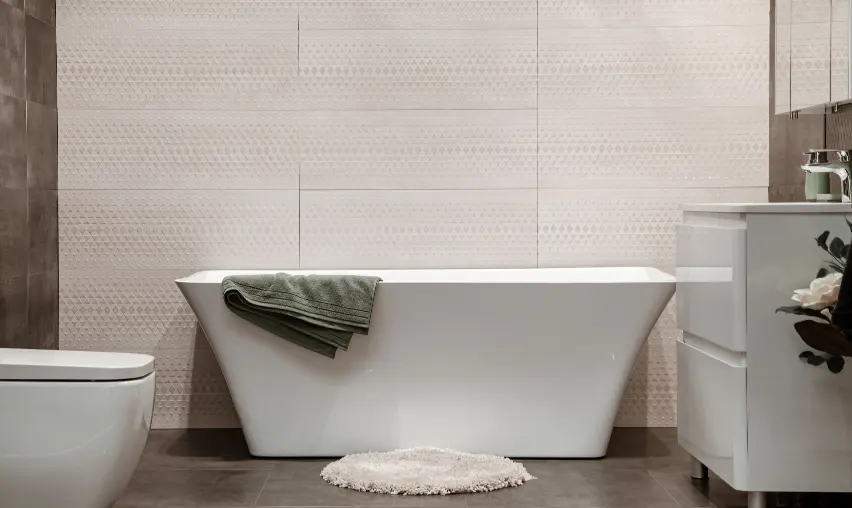
The first step is to clear all the debris and anything else that is getting in the way of a thorough cleaning. Take your bath mat and clean it according to the instructions on the tag. Spray an antibacterial spray or distilled white vinegar (which is naturally antibacterial) on a clean microfiber cloth and gently wash down the objects in your bathroom that you handle frequently. Move them out of the room and place them down somewhere else to dry as you clean them. Open any windows you have to enable air to circulate.
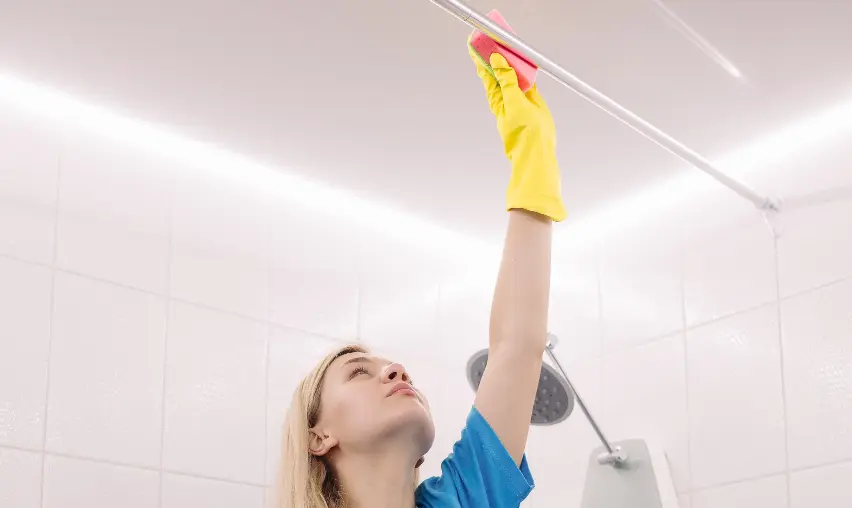
Use your regular detergent to wash plastic shower curtains and liners, which will help scrub away soap scum and mildew. Before using, let everything dry completely. Make a paste with a few drops of distilled white vinegar and a cup of baking soda for shower doors and apply it directly to the door. Allow it to remain for an hour before rubbing with a microfiber cloth. Rinse well and dry with a dry microfiber cloth.
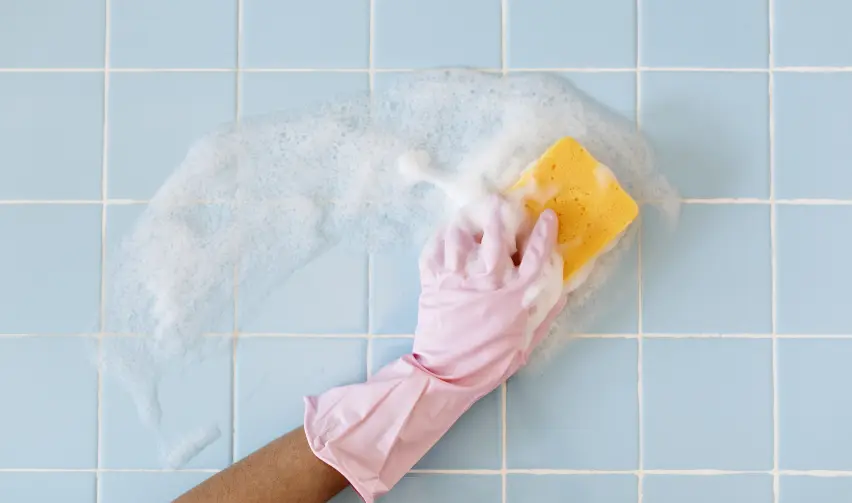
Spray an all-purpose cleaner on the countertops, walls, and ceiling, then turn on the shower and run the hot water until steam builds up. Close the door and let the steam and cleaner mix for 20 minutes. Then, using a clean cloth, wipe down all surfaces. Don’t forget to clean the tile floor after you've finished the dirty work. Apply a coat of car wax to ceramic tile once a year to reduce watermarks and also try to give a professional cleaning service. Mildew-resistant paint can also be used on walls and ceilings that have been untiled.
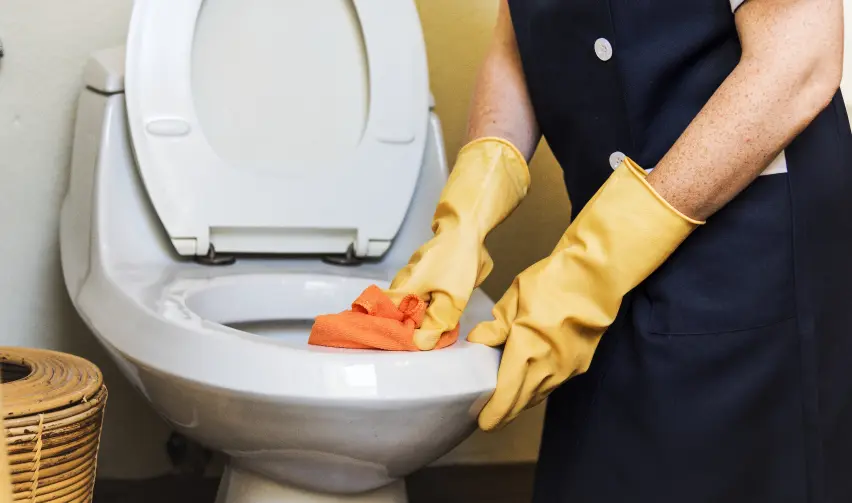
Begin by carefully cleaning the bowl with toilet disinfectant and a scrub brush. Make sure you wait at least 15 minutes before flushing the toilet to allow the solution to fully absorb. Close the lid and use a disinfectant spray or a solution of three cups of water and 12 cups of white vinegar to sanitise the exterior of your toilet. Pay close attention to the flusher and where you grip the seat to raise it. Clean the seat and the other side of the lid next, then clean beneath the seat, including the bowl’s rim.
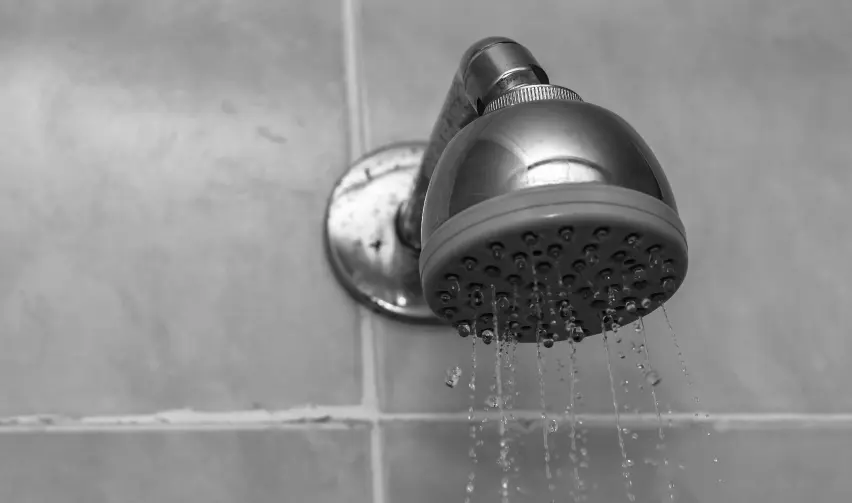
Turn on the water and moisten the shower walls and floor. This will let you see where mildew is congregating so you know where to spend your attention. Apply a commercial grout cleaning product or a homemade solution to the mildewed areas and leave for 10 minutes. Then scrape the mildew away with an abrasive sponge and a little elbow grease. Once you’ve eliminated all of the filth, give the area another rinse. If your shower is built of stone, choose a cleaner created specifically for it, as standard shower cleaners might harm the porous material.